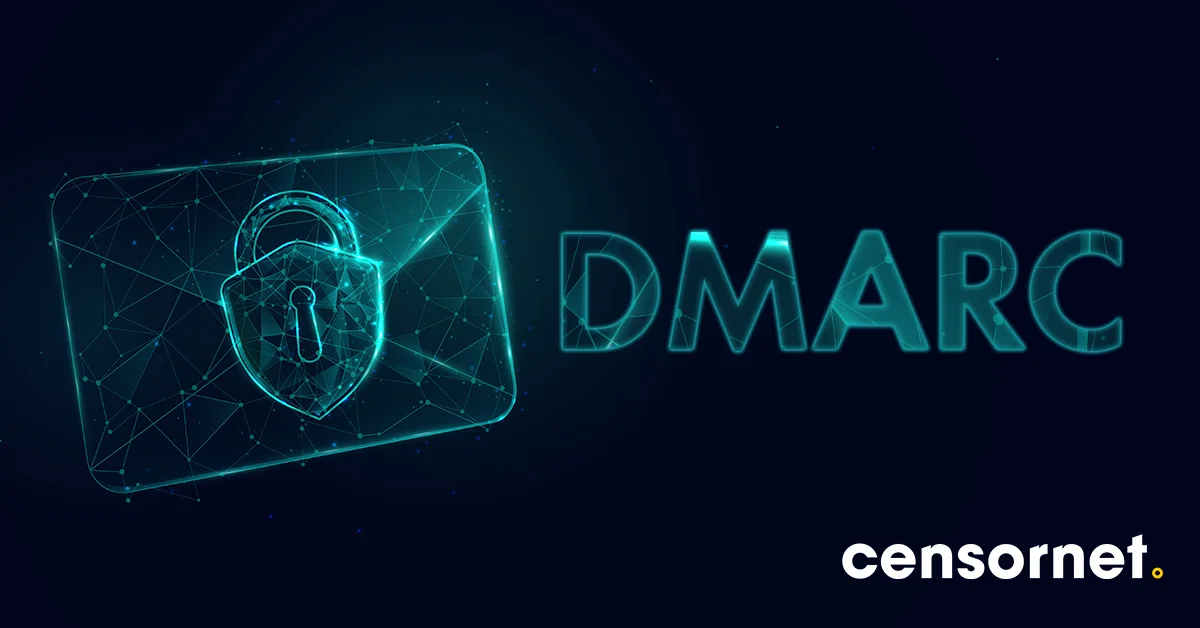
In today’s digital age, email remains a primary communication tool for businesses, but it’s also a significant vector for cyberattacks. Spammers and cybercriminals exploit email vulnerabilities, often deceiving recipients into believing they’re interacting with a legitimate domain. This is where DMARC (Domain-based Message Authentication, Reporting & Conformance) becomes an invaluable asset for organisations seeking to fortify their email security posture.
What is DMARC?
Launched in 2011 to combat phishing efforts, DMARC introduces an additional layer of verification to ensure that an email genuinely originates from the domain it claims to represent. It doesn’t put an end to phishing entirely—social engineering remains a lucrative venture for cybercriminals—but DMARC significantly reduces the risk of your domain being compromised and misused.
DMARC or Domain-based Messaging, Authentication and Reporting Conformance works by leveraging (Sender Policy Framework) and DKIM (DomainKeys Identified Mail) protocols to help ensure that the email really has come from the domain it says it has. It not only verifies the authenticity of an email but also provides domain administrators with insights into how their domains are being used—or misused—online. This visibility is crucial for identifying and preventing domain spoofing.
Will DMARC stop inbound phishing attacks?
Unfortunately, DMARC only controls the email domain it is configured for. In doing so, it protects the domain it’s configured for, thereby enhancing the domain’s reputation. This will help ensure your emails reach its recipients and prevent your domain being used for spoofing purposes.
Let’s take an example. A domain configured a robust DMARC policy, rejecting any email not originating from its domain. Using a DMARC analysis tool, the company was able to block thousands of fraudulent emails within minutes. The swift policy enforcement discouraged spammers from targeting the domain, thus bolstering its reputation and ensuring the integrity of outbound communications.
Implementing DMARC
Adopting DMARC can be a complex process, particularly for large domains, sometimes taking up to 18 months. Experts recommend starting with a reporting-only policy to gain insight into domain usage and ensure other protocols are correctly configured. Gradually, businesses can transition to a more robust policy, effectively nullifying unauthorised email traffic.
Implementing DMARC can be daunting, especially for smaller organisations with limited IT resources. The intricacies of DMARC, along with its dependent standards SPF and DKIM, require a deep understanding and meticulous configuration. Businesses often hesitate to enforce strict policies due to underlying issues with SPF setups, risking the inadvertent blocking of legitimate emails.
DMARC represents a critical component in a comprehensive email security strategy, offering significant protection against domain spoofing and phishing attacks. While its implementation can be complex, the benefits of securing an organisation’s email domain far outweigh the challenges. As cyber threats evolve, adopting DMARC is no longer just advisable; it’s imperative for businesses committed to safeguarding their digital communications.






